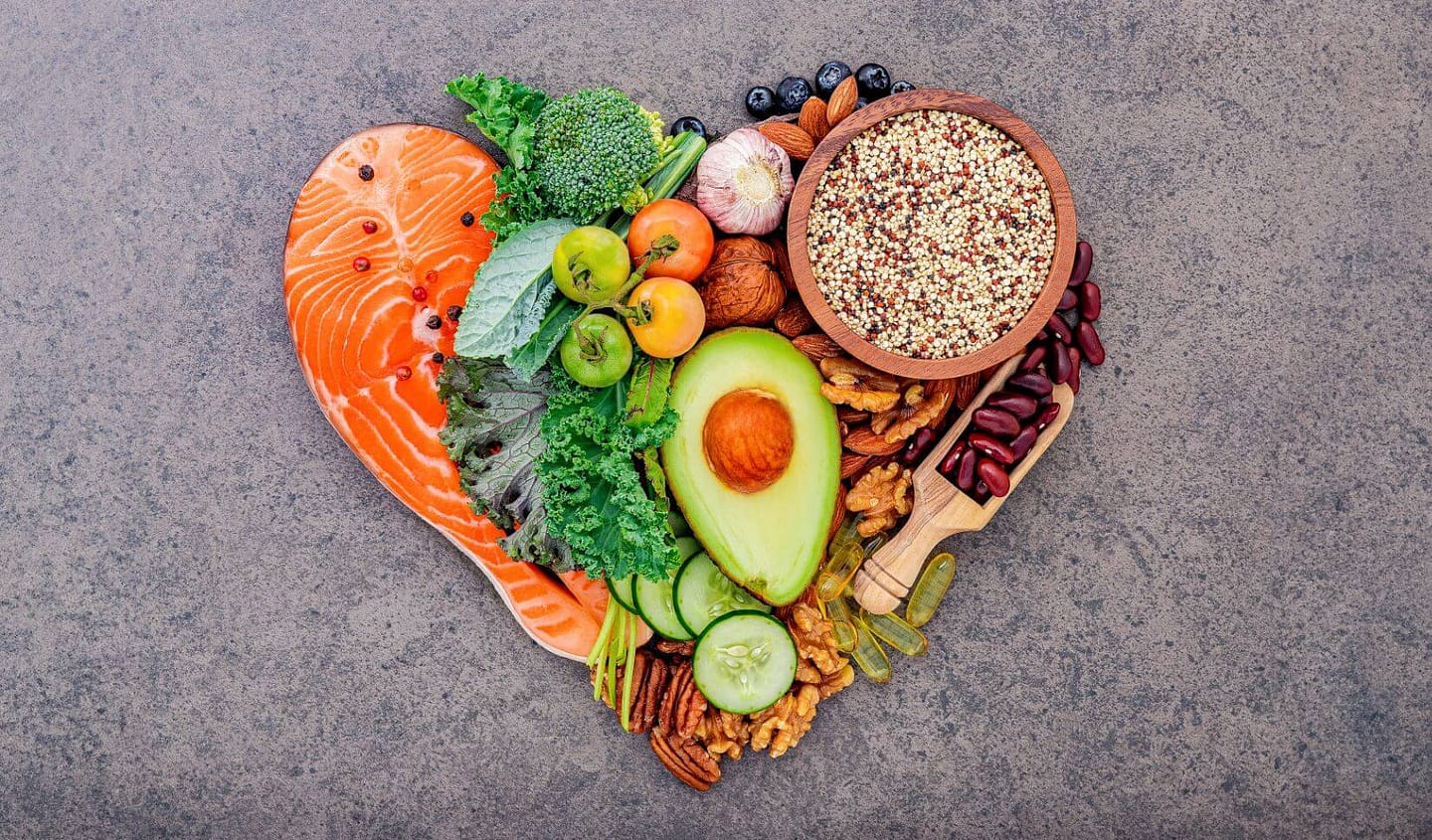Making heart-healthy foods an everyday part of one’s routine pays significant health dividends. The primary benefits of a heart-healthy lifestyle include a reduced risk of heart disease and stroke. Secondary benefits include feeling more energized, increasing one’s fiber intake, and maintaining an appropriate weight if paired with other lifestyle changes.
Which Foods are Good for the Heart?
There are lots of delicious, inexpensive foods that are also good for the heart. However, it can be challenging to adopt a heart-healthy lifestyle when foods linked to heart disease, such as whole dairy products and processed foods, are so prevalent on grocery store shelves and restaurant menus. For many, choosing heart-healthy snacks and meals is a lifestyle change that requires some planning. Understanding which foods are good for the heart and which are not is the first step in adopting this lifestyle.
One category of foods that are good for cardiac health is foods rich in omega-3 fatty acids. This category includes:
- Nuts and seeds, such as flaxseed, chia seeds, and walnuts
- Fish, such as salmon, herring, and mackerel
- Soybeans
- Spinach
- Eggs enriched with omega-3
Another way individuals can prioritize heart-healthy foods is to recognize categories that tend to be bad for the heart, which include:
- Foods that contain trans fats, such as fried foods and high-fat baked goods
- Foods that contain high levels of saturated fat, like dairy products and red meat
- Alcohol
- Foods high in sodium, like processed and frozen meals
- Foods and beverages that are high in sugar
Swapping in Heart-healthy Foods
For many people, the easiest way to increase their intake of heart-healthy foods is to make swaps in their daily menu choices. For example, an effective switch could be avocado slices and eggs if an individual typically enjoys bacon and eggs for breakfast. It can be difficult to break an established routine; making small changes like this is easier for individuals to stick with.
Another area where substitutions can be effective is heart-healthy snacks. Those who routinely snack on potato chips may opt for unsalted peanuts instead. Both offer a satisfying, savory experience, but peanuts are significantly lower in sodium and a great source of heart-healthy monounsaturated fat.
Speaking of peanuts, a question we often get is, “is peanut butter heart-healthy?” The answer is yes. Peanut butter contains omega-6 fatty acids, which reduce LDL (bad cholesterol) and increase HDL (good cholesterol).
Other heart-healthy nuts and seeds that are great to snack on include cashews, walnuts, hemp seeds, flax seeds, and chia seeds.
Swaps can also mean changing preparation methods for certain foods. Here are a few examples:
- Choosing baked or grilled chicken in place of fried
- Sauteing or grilling shrimp instead of frying it
- Boiled potatoes in place of french fries or mashed potatoes with butter
- Grilled or baked lean pork instead of ham or fried pork chops
Planning Heart-healthy Meals
When planning heart-healthy meals, thinking in broad strokes is often helpful. For example, reducing the overall amount of sodium in a meal is an effective way to make it healthier. A broad way to do this is to plan meals featuring specific herb-focused flavors, reducing the amount of salt needed.
Other strategies for building more heart-healthy meals include:
- Making vegetables the main course rather than a side dish
- Trying new grains in place of white pasta or rice, like quinoa and farro
- Choosing lean proteins, like fish and plant-based proteins, in place of red meat
- Using healthy fats, like olive oil, in place of butter and margarine
Creating heart-healthy meals often requires some upfront planning, so include these kinds of foods on your grocery list. Be sure to keep various heart-healthy foods on hand, including meal ingredients and easy-to-grab snacks.
To learn more about ways your eating habits can affect your heart health (and strategies for prioritizing heart-healthy meals), read our blog posts on mindful eating and the benefits of a low-sodium lifestyle.



